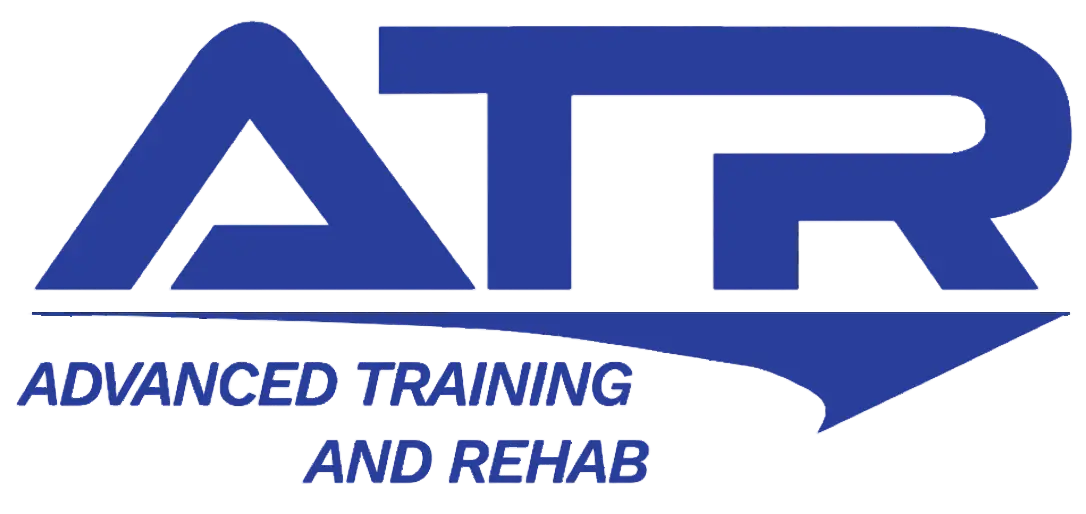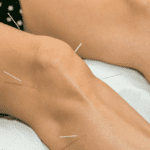With the golf season in full swing right now, let’s use this opportunity as a chance to talk about some of the most common golf injuries that can occur and prevent you from being on the course and sinking birdie putts.
Golfer’s Elbow
Golfer’s elbow is one of the most common golf injuries. Technically called medial epicondylitis, it is an inflammation of the tendons that attach your forearm muscles to the bone on the inside of your elbow. It is common among beginners in golf, but it can result from many kinds of repetitive arm motion, such as hammering or throwing. Golfer’s elbow is most common in the right elbow of a right-handed novice golfer. Those who develop the condition often have an incorrect weight shift and tend to “throw the club down” at the ball. This is sometimes referred to as “hitting from the top.” This can increase the stress on the muscles on the inside of the forearm. The most common symptom is inner elbow pain and/or pain in the inside of the forearm, but feelings of stiffness, weakness and/or tingling may also occur. Pain and tenderness are usually felt on the inner side of the elbow, but may also spread to the forearm and wrist.
Treatment also includes rest as well as utilizing NSAID pain medications to reduce swelling and tissue irritation. Physical therapy treatment of golfer’s elbow is very common as is completion of injections including corticosteroids and plasma rich protein injections. Most cases of golfer’s elbow resolve with some combination of the conservative options described above, but in about 10% of cases, patients will require surgery. The surgery, known as medial epicondyle release, involves removing the degenerated area of tendon and, if a tear is present, repairing it.
Low Back Pain
Low back pain occurs in the majority of people at least once in their life, but it is the most common golf injury. Although golf is considered a type of low-intensity sport, injuries can still happen. Back pain is one of the most commonly reported injuries among golfers -which doesn’t come as much of a surprise due to the constant rotational movement involved in the swing. Several epidemiological research studies have confirmed that lower back pain stemming from golf accounts for approximately 18 percent to 54 percent of all documented issues. Golfers spend four to five hours in a bent position while applying pressure to the spine and back muscles. The repetitive movement of the golf swing during those hours puts considerable strain on the back.
The Three Most Common Types of Low Back Pain are as follows:
Mechanical Lower Back Pain. Usually identified by localized pain, this type of lower back injury often starts slowly and could be worsened by movement. However, it generally improves with sufficient rest.
Disc Herniation. Frequently observed among those who are in their 20s to 30s, this type of golf injury involves acute pain. After a day or two, the pain will start to spread down your legs. The lower back pain is usually exacerbated by coughing, exhaling forcefully with a closed airway, or even something as simple as sitting.
Spondylolysis. Also known as a pars inter-articularis defect, this type of injury is one of the common causes of axial back pain among young golfers. Occurring almost completely in the lower part of the lumbar region, the pain is often intensified by constant hyperextension and over rotation. Risk factors for this injury include technical flaws, poor stamina, and muscle asymmetry.
Treatment and Diagnosis: To treat common lower back injuries in golf, the approach often includes physical rehabilitation specific to the sport and coaching on correct swing mechanics. For optimal results, the rehabilitation program should be provided by a multidisciplinary team consisting of a physician specializing in physical medicine and rehabilitation, a physical therapist, and a teaching professional expert in golf. They have to work together so you can go back to the game safely. One of the most fundamental aspects of rehabilitation plans used to treat lower back injuries in golf is core training. Your core muscles, which include your abdominals, lower back, thighs, and buttocks, are where most of the golf swing occurs. It gives you the twist and energy required to perform the swing. However, the motion places your back under great stress, which can result in pain. After mastering the fundamentals of core strength, you may begin incorporating slightly more demanding exercises, such as twisting abs, stability ball planks, leg lifts, back bridges, curl-ups, rolling patterns, and bird dog exercises.
At Advanced Training and Rehab, we treat many different types of golf injuries everyday. If you have any questions about a golf injury or would like to begin physical therapy, please do not hesitate to reach out to one of our 23 clinics across the St. Louis Area.
ATR: St Louis’s PT Company
Author: John Cichon, PT DPT, OCS at ATR Kirkwood and Fenton




